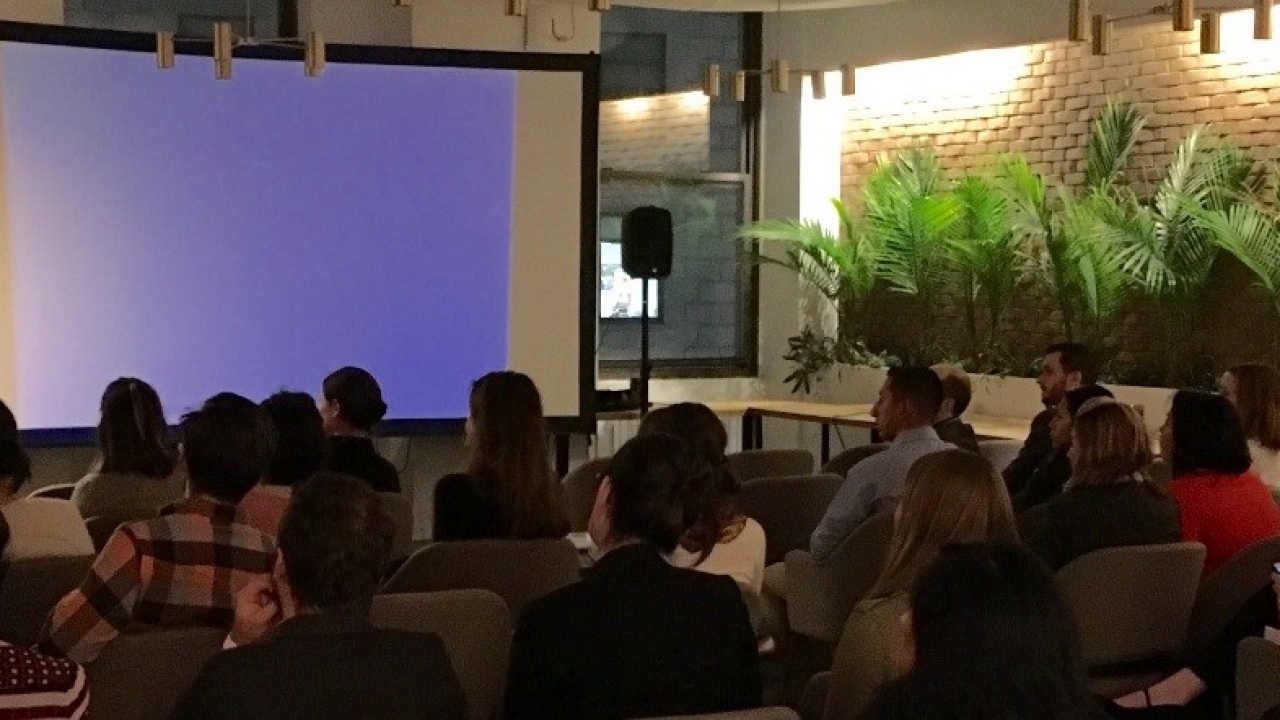Photo: Noemí Jiménez
Telling Story Climate Change
Our Associate Ashley delves into the age old question: what makes sustainability communication effective and engaging?
At Context, we know that progress on sustainability doesn’t happen by accident – it requires critical analysis, detailed strategies and coalition building across sectors and nations.
This week, global leaders are meeting in Marrakesh to determine how we move forward on climate change as a global community. They will review scientific analysis, produce reports and draft detailed policies. But what is the role of creative communications to educate, inspire and galvanize audiences on these topics? And how can companies leverage storytelling to gain support for their own sustainability efforts?
On Monday, we explored this very topic with the team behind National Geographic Channel’s Emmy Award-winning series, Years of Living Dangerously. Following an exclusive advance screening of an upcoming episode, our clients and friends were treated to a discussion with Executive Director, David Gelber and Director of the #PutAPriceOnIt Campaign, Page Atcheson. What emerged were a few key insights about how to make big, messy sustainability topics relevant and actionable for everyone, not just the experts.
Keep it simple
Years of Living Dangerously uses celebrities as citizen journalists to “ask the questions an intelligent lay person would ask.” In one episode, The Daily Show’s Aasif Mandvi travels to wildlife preserves in Kenya to see first-hand the impacts on endangered species; in another, actor Ian Somerhalder embeds with leading ocean scientists to investigate the future threat of superstorms. The narrators become translators, interpreting and delivering complex information in simple, clear language that is appropriate for the audience.
Connect emotionally
The best stories tug at our heartstrings and take us on an emotional journey. Years of Living Dangerously puts climate change in context by focusing on the experiences of real people. You would be hard pressed to find someone who isn’t touched by conservationist Nora Njeirini’s pain in watching elephants that she has worked with for thirty years die from extreme drought, or the angst expressed by families in low-income Miami as they see rising tides slowly encroaching on their neighbourhoods and homes. Telling the story of climate change through these human voices makes the topic tangible and compelling in a way that no chart or graph can.
A little laughter goes a long way
Climate change can seem like hopeless stuff. If you aren’t careful, audiences will reach their limit of “doom and gloom” and stick their fingers in their ears. Whether its Aasif Mandvi’s reaction to combing a mouse to collect fleas, or Jack Black’s series of tie-dyed, animal themed t-shirts, Years of Living Dangerously punctuates each episode with moments of laughter that keep audiences sticking around to hear the whole story.
Provide solutions
In the end, all of us are left with one question on climate change – “what can I do?” Whether it’s the #PutAPriceOnIt campaign, transportation innovations like electric and automated vehicle technology, or efforts to put a stop to illegal deforestation, Years of Living Dangerously shines a light on solutions that are having a real positive impact. Doing so leaves audiences with a sense of hope and a call to action.
Years of Living Dangerously stands as a reminder not to underestimate the power of strategic and effective communications. After the screening and discussion we’re once again fired-up and ready to tackle the future of climate change, one well-told story at a time!
_______________________________________________________________________________________________
Ashley has been interning in our New York office since late September. Though she has interned in the nonprofit, government and financial sectors, she has found her true passion in corporate sustainability. In May, Ashley received her undergraduate degree in Environmental Science and Policy with a minor in Cultural Anthropology. She plans on continuing to pursue her interest in sustainable solutions in the private sector and eventually earning a Master’s Degree.

